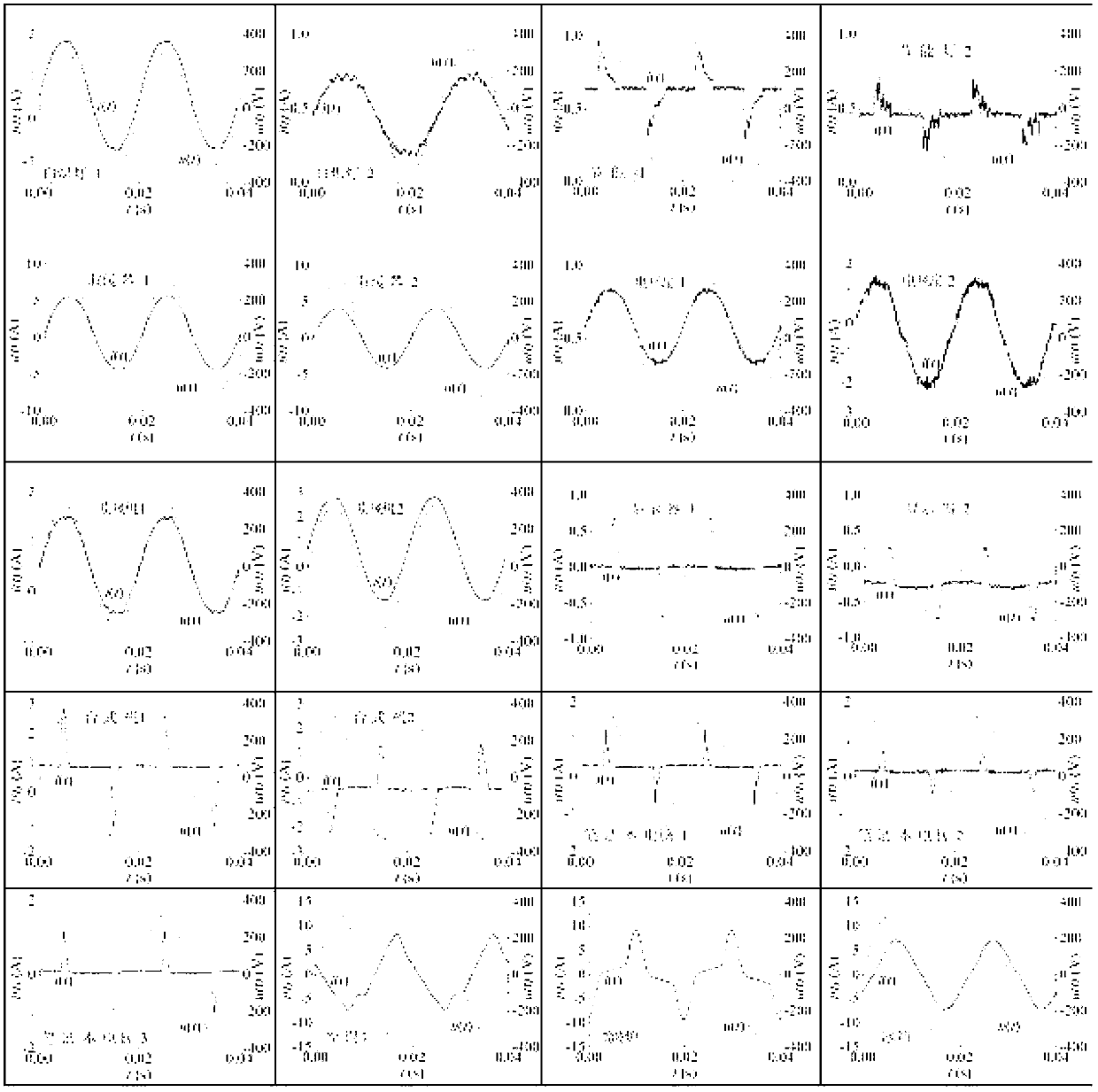Recognition method of on-line monitoring of power consumption of non-intrusive household appliances
A technology for household appliances and power consumption status, which is applied in the field of household appliance power consumption status identification, and can solve problems such as complex theoretical principles of identification algorithms, large amount of calculation, and insufficient identification accuracy
- Summary
- Abstract
- Description
- Claims
- Application Information
AI Technical Summary
Problems solved by technology
Method used
Image
Examples
Embodiment Construction
[0077] The present invention will be further described below in conjunction with drawings and embodiments.
[0078] Such as figure 1 and figure 2 As shown, there are obvious differences in the transient characteristics and steady-state characteristics of different types of household appliances. The same type of electrical appliances, even if they are of different brands, have similar current waveforms when they start and work stably. It can also be seen from the figure that the start-up process of electrical appliances such as notebook computers is longer than other devices, exceeding 1000 current cycles, and there is no current pulse during the start-up process, and the current amplitude increases slowly. This type of process can be defined as a quasi-steady state process.
[0079] Such as image 3 As shown, when constructing the feature library, the positive and negative envelopes of the signal are generated at the same time, that is, the maximum value F(i) and the minim...
PUM
 Login to View More
Login to View More Abstract
Description
Claims
Application Information
 Login to View More
Login to View More - R&D
- Intellectual Property
- Life Sciences
- Materials
- Tech Scout
- Unparalleled Data Quality
- Higher Quality Content
- 60% Fewer Hallucinations
Browse by: Latest US Patents, China's latest patents, Technical Efficacy Thesaurus, Application Domain, Technology Topic, Popular Technical Reports.
© 2025 PatSnap. All rights reserved.Legal|Privacy policy|Modern Slavery Act Transparency Statement|Sitemap|About US| Contact US: help@patsnap.com



